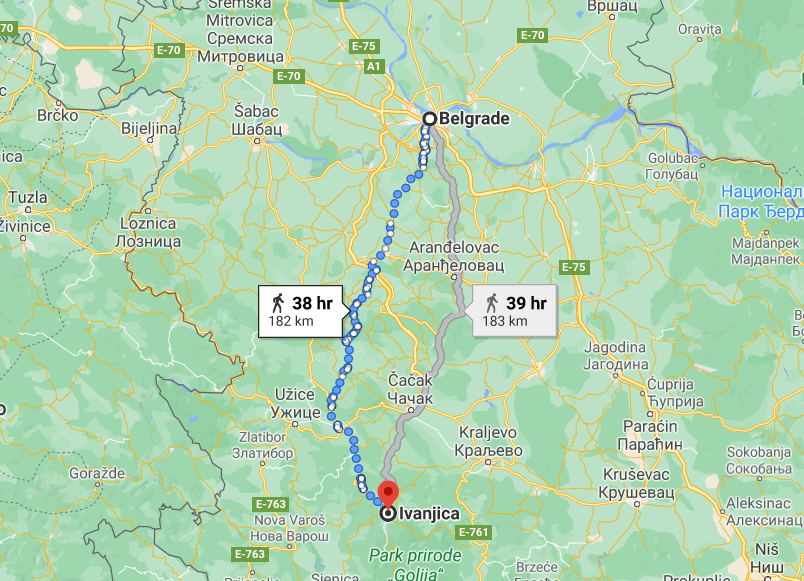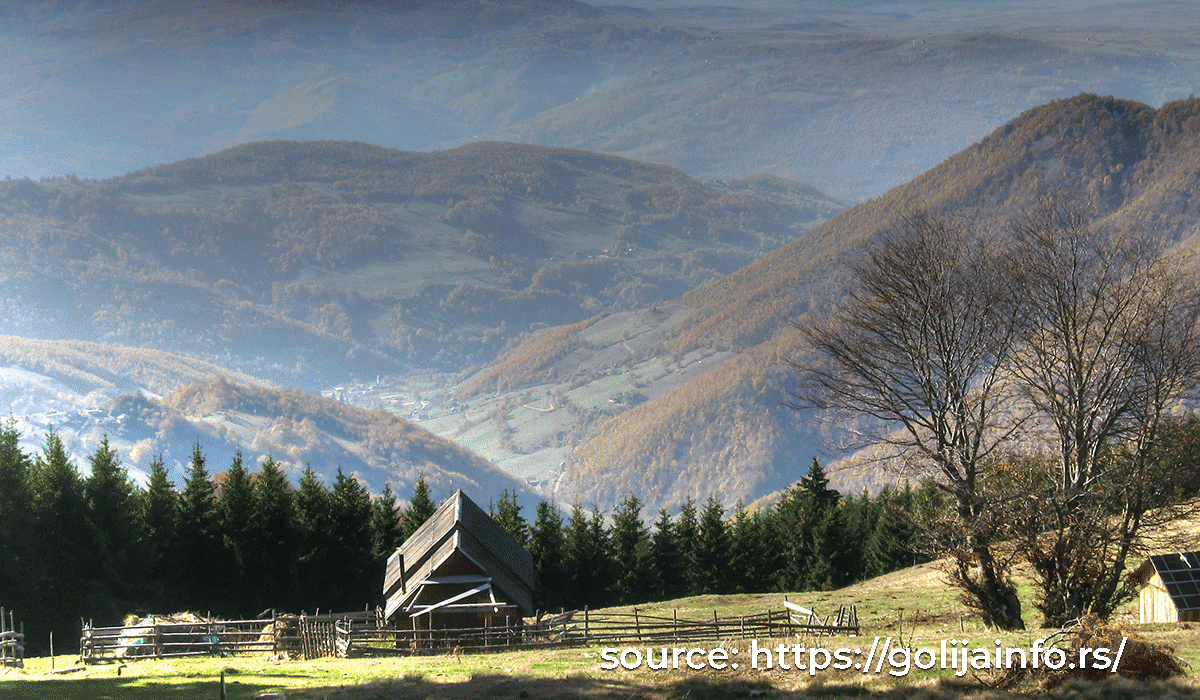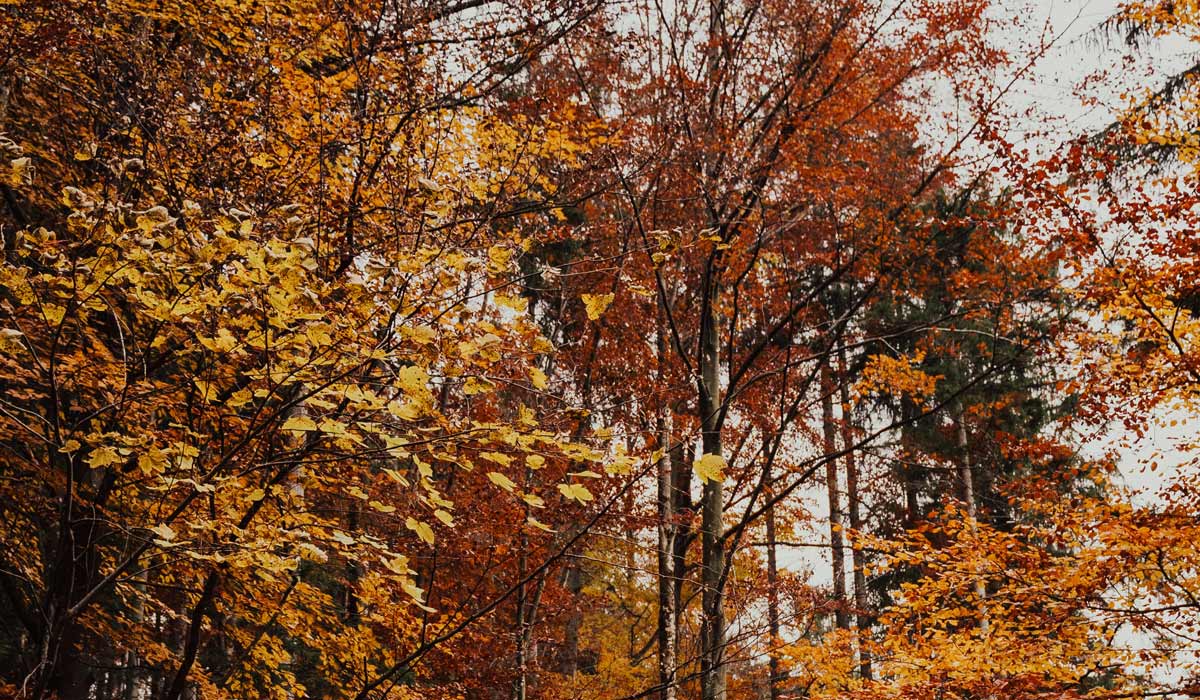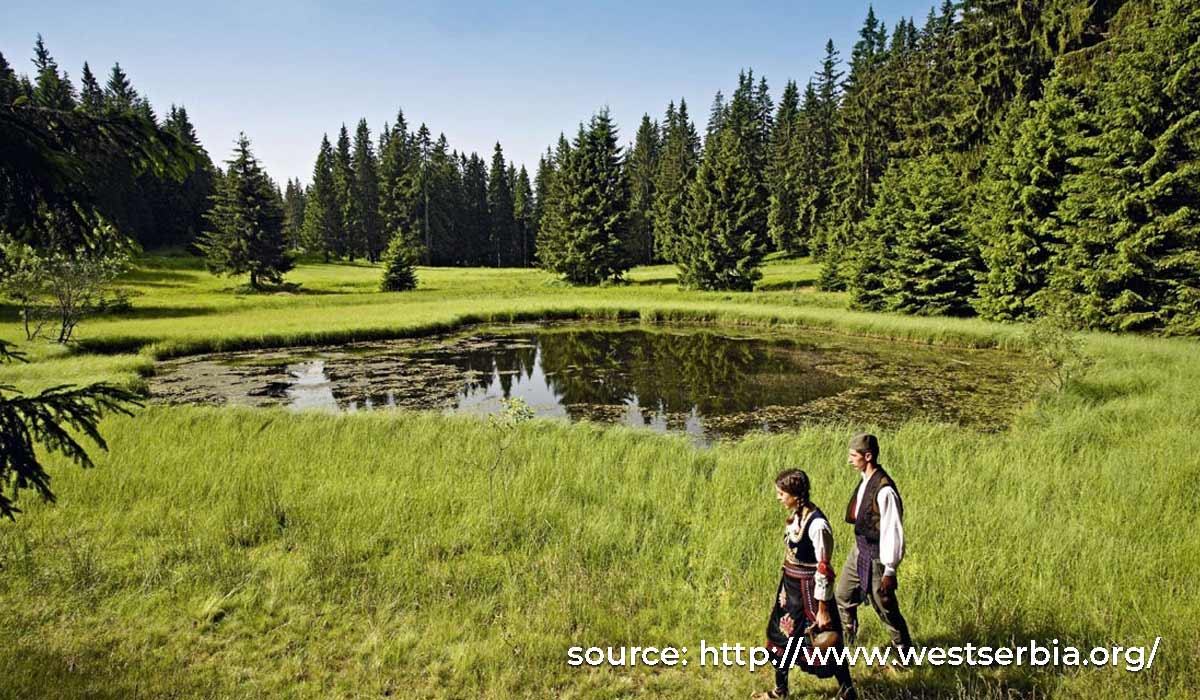Golija
In southwestern Serbia, west of Raska, in the shape of the Latin letter S, lies the mountain Golija. Vast forest expanses, lush pastures, and clear springs are home to about 1,091 species of wildlife. In 2001, UNESCO declared the Golija - Studenica Biosphere Reserve within over 75,000 ha. The beautiful mountain landscapes of Golija are spread over the territories of as many as 5 municipalities in southwestern and central Serbia: Ivanjica, Novi Pazar, Raska, Sjenica, Kraljevo. With its massiveness, Golija dominates the landscape. It is even twice as big as its more famous neighbor Kopaonik!
How to get to Golija?
Golija can be reached from several directions. It is only 230 km away from Belgrade, and about 317 km from Novi Sad. If you want to come to Golija from the other direction, you should know that Nis is 224 km away from Belgrade. The nearest municipalities to Golija are Novi Pazar 32km, Ivanjica 40km and Raška 43km.
On the slopes of Golija there are several destinations suitable for rural tourism. The offer of the village of Ivanjica district is especially interesting. Ivanjica itself, surrounded by forests and pastures, has been declared an air spa. This town also hosted one of the oldest football clubs in Serbia - the football club Javor.

Golija - the origin of the name and geographical characteristics
Golija belongs to the inner zone of the Dinaric mountain system. In the length of about 32 km, Golija stretches in the west-east direction. Two dominant peaks stand out, the highest „Jankov kamen“ with 1833 m and „Crni vrh“ with a height of 1795 m. Next are the peaks of Pašina česma with 1725 m, Radulovac with 1725 m, Odvraćenica with a height of 1674 m, and Tičar with a height of 1492 m. It is precise because of its massiveness that Golija probably owes its name - "golema" – huge (Goliath).
Numerous rivers crossed the Golija, making the mountain landscapes even more picturesque. The large area of Golija is located under the beech, which extends in an altitude interval of 1000m. Beech forests cover the eastern, northeastern, and northern exposures. The largest areas of beech forest are located on Crni Vrh (Pearl Water). The belt of mixed beech-fir and beech-spruce forests continues to the belt of beech forest. Particularly interesting are the variations of death that are irresistibly reminiscent of spruce. These protected specimens can be found on the banks of the Golija River.

The diversity of Golija landscapes is complemented by the present lakes. Particularly interesting is the triangular lake Ticar, created by the accumulation of atmospheric water, which over time dissolved the rocks at its bottom, deepening it and creating a lake basin. Tričar is located in a coniferous forest and, interestingly, its lake basin was deepened to its outcrop from where it is maintained today. An interesting story is related to the lake "Heavenly Tear" which is located on Okruglica at an altitude of 1495 m. Namely, this lake was formed after the earthquake that occurred in Romania in 1974.

Golija Climates
The climatic conditions on Golija are largely influenced by the geographical position, altitude, diversity of relief, and vegetation. Interestingly, the area of Golija has the most snow in Serbia. The snow on Golija is often retained and lasts for 5 months, and the height of the snow cover reaches a height of one meter.
Three climatic areas stand out clearly on Golija: Dolinski with a hill area (up to 700 m). This climatic region differs from the temperate-continental climate that prevails; Transitional region up to an altitude of 1300 m when characterized by long and harsh winters with abundant snowfall, short summers with cold nights and warm days; Mountain climatic area at an altitude of over 1300m when characterized by long and very harsh winters with abundant rainfall with plenty of snow and short summers. Autumn springs are cold with frequent rains.
Golija's climate is more temperate and much more pleasant than its neighbor Kopaonik. The geographical position itself contributed to the mixing of the influence of different climatic types on the formation of the unique climate of Golija. As such, it affects the development of livestock and the cultivation of some rare crops. Also, the climate of Golija is responsible for the fact that the mountain is suitable for the treatment of a large number of respiratory diseases.
The favorable climate and colorful landscapes of Golija have become a refuge for many wildlife. On Golija you can find wolves, foxes, wild boars, bears, badgers, deer, rabbits, as well as 95 species of birds.

Tourist offer of Golija
Golija is, as already mentioned, also known as a mountain for the treatment of respiratory diseases. The quality of the mountain air has made Golija a popular hiking destination. In the heart of the mountain, there is a mountain lodge "Golijska reka" which has a capacity of 34 beds and courts for various sports.
The mountain itself is full of natural ski slopes, but the lack of adequate infrastructure has taught that Golija has not yet become a famous tourist destination. For fans of winter sports, there are five wires (ski lifts, anchors, and plates), with seven trails, lengths from 450m to 1200m.












